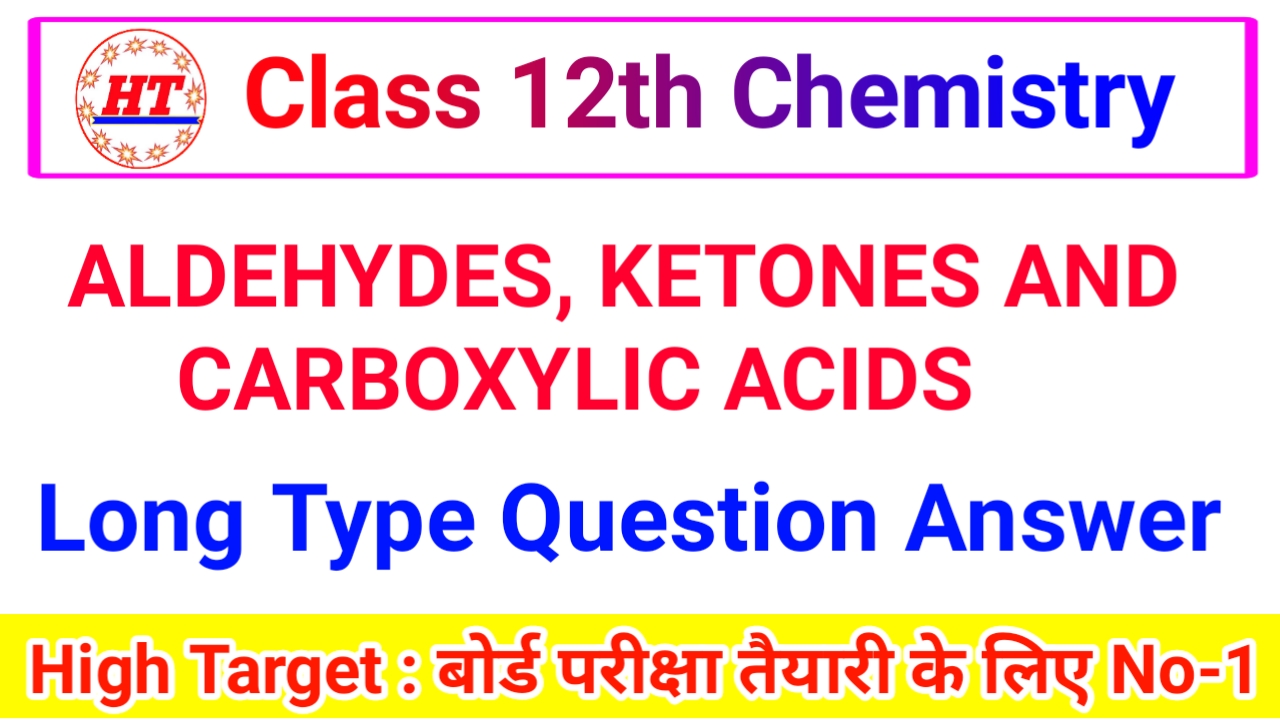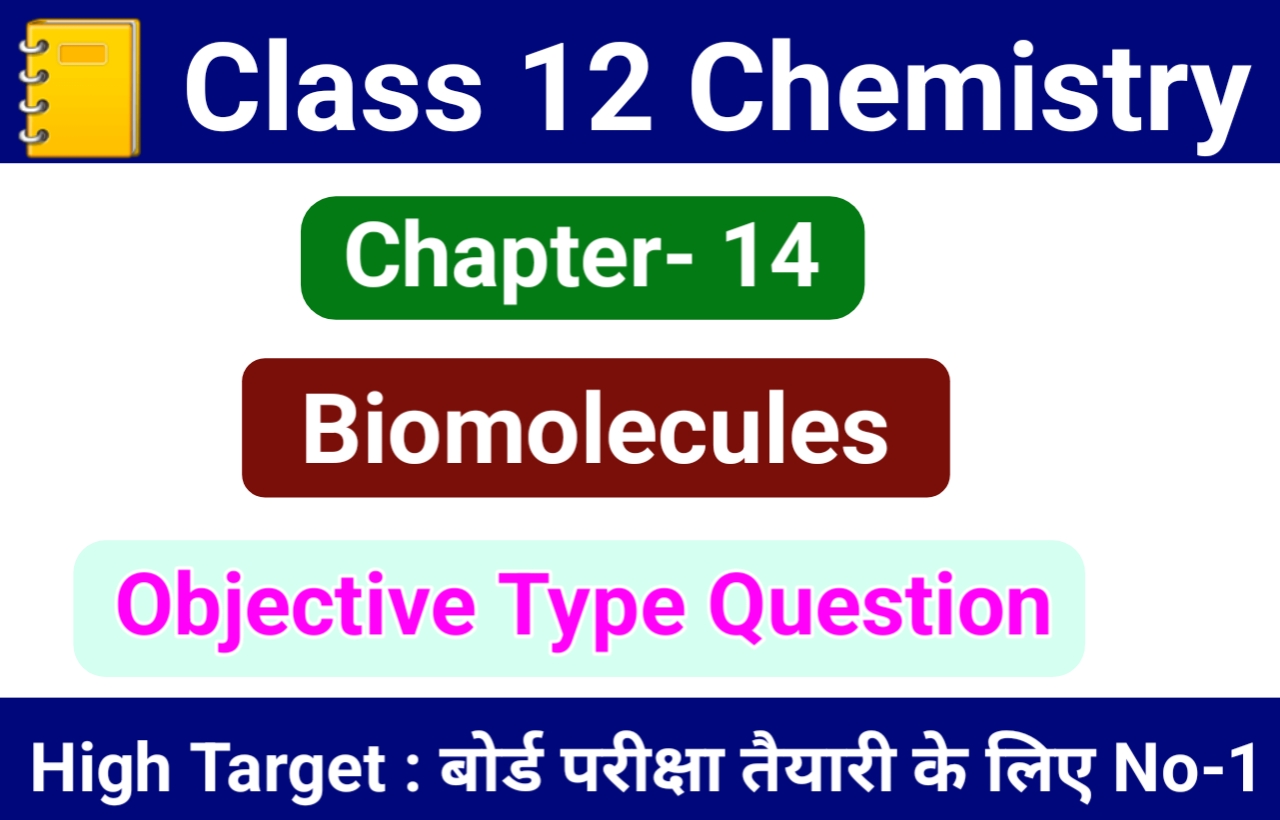12. ALDEHYDES, KETONES AND CARBOXYLIC ACIDS
12. ALDEHYDES, KETONES AND CARBOXYLIC ACIDS
Q. 1. What is the different between addition reactions to C = C of alkenes and C = O of aldehydes and ketones ?
Ans. Though both C atoms are sp2 hybridized and both gives addition reactions; addition is initiated by an electrophile in alkenes and are called Electrophilic addition reactions, whereas addition is initiated by a nucleophile in aldehydes and ketones and are called Nucleophilic addition reactions.
Q. 2. Dipole moments of aldehydes and ketones are higher than those of alcohols. Explain.
Ans. The π-electons of the ![]() = O are loosely held and hence can be shifted towards the more electronegative oxygen atom more readily than the more tightly held o-electrons of the C – O bond in alcohols. Consequently, the magnitude of the + ve and – ve charge developed in
= O are loosely held and hence can be shifted towards the more electronegative oxygen atom more readily than the more tightly held o-electrons of the C – O bond in alcohols. Consequently, the magnitude of the + ve and – ve charge developed in ![]() = O bond is higher than those on C – O bond of alcohols. As a result the dipole moment of aldehydes and ketones (2.3 -2.8 D) is much higher than those of alcohols (1.6 – 1.8 D).
= O bond is higher than those on C – O bond of alcohols. As a result the dipole moment of aldehydes and ketones (2.3 -2.8 D) is much higher than those of alcohols (1.6 – 1.8 D).
Q. 3. Why are aldehydes more reactive than ketones ?
Ans. (i) Due to smaller + I effect of the alkyl group in aldehydes as compared to larger + I effect of two alkyl groups, the magnitude of positive charge on the carbonyl carbon is more in aldehyde than in ketones. As a result, nucleophilic addition reactions occur more readily in aldehydes than in ketones.
(ii) As the no. and size of the alkyl groups around C = O group increases, there is steric hindrance which makes the attack of the nucleophile on the carbonyl carbon more difficult.
Q. 4. Explain why dialkyl cadmium is considered superior to Grignard’s reagent for the preparation of a ketone from acid chloride ?
Ans. Since Cd (electronegativity 1.7) is less electropositive than Mg(1.2), therefore dialkyl cadmiums are less reactive than Grignard’s reagnets towards nucleophilic additon reactions. As such the dialkyl cadmiums react with the more reactive acid chlorides to give ketones but do not only react with acid chlorides, but also ketones so formed to give tertiary alcohols.
Q. 5. How will you prepare methanol from formaldehyde without using a reducing agent ?
Ans. Cannizzaro’ reaction is a disproporationation reaction in which one molecule of an aldehyde is reduced while the other is oxidized.
2 HCHO + NaOH (50%) → CH3OH + HCOONa
Methanol Sod. formate
Here a conc. solution of NaOH is used which is not a reducing agent.



